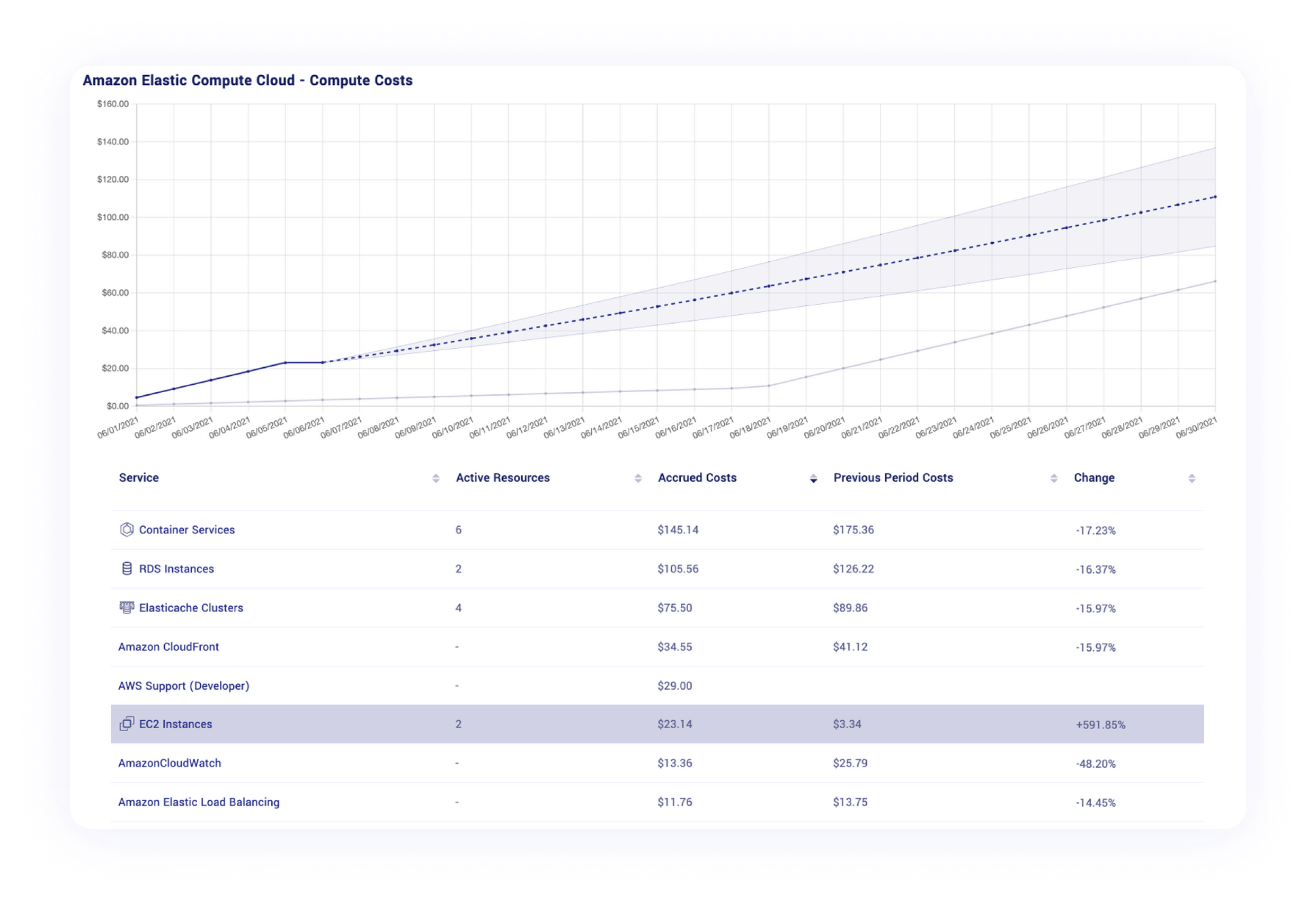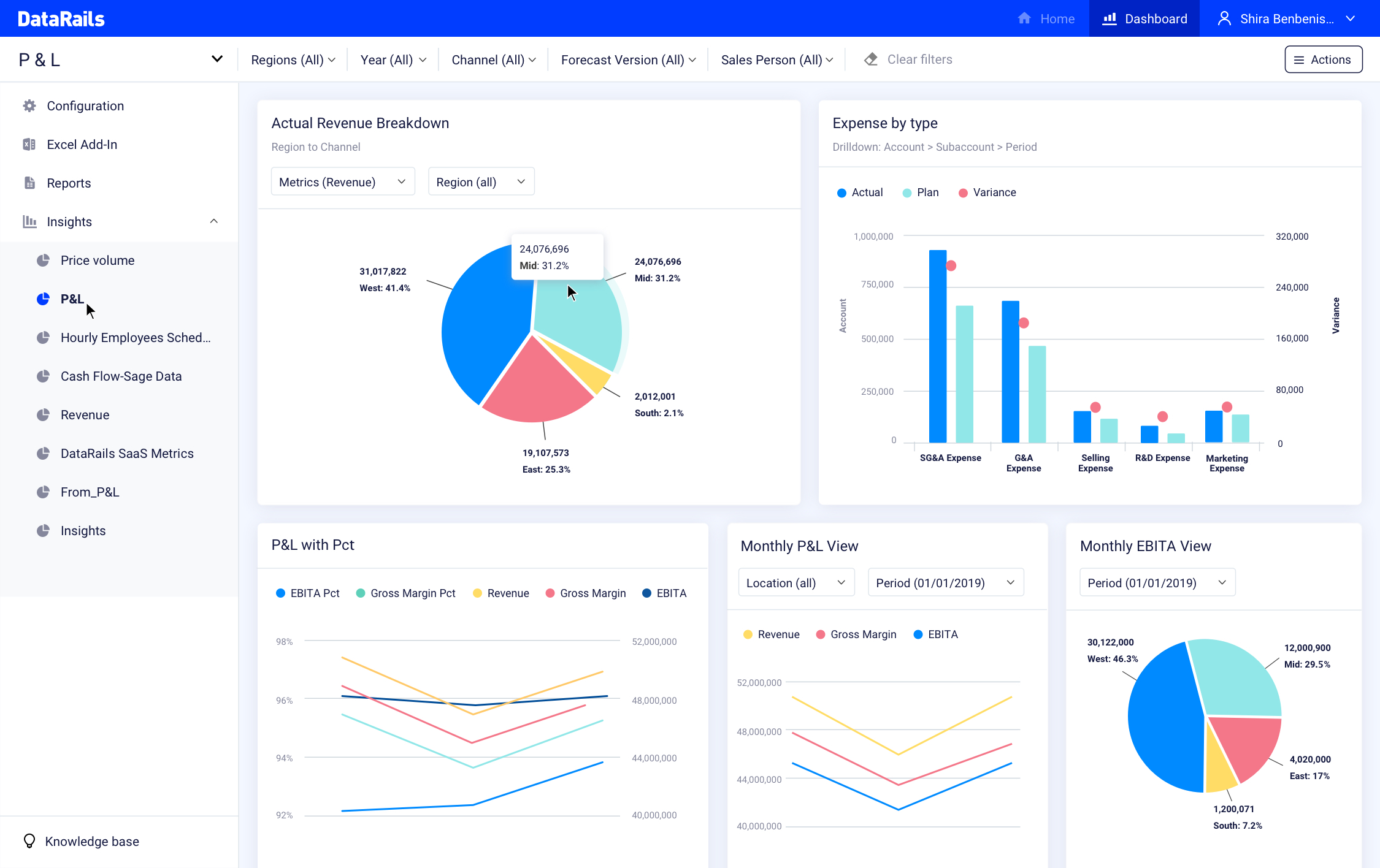Firebolt raises $127M more for its new approach to cheaper and more efficient Big Data analytics
Snowflake changed the conversation for many companies when it comes to the potentials of data warehousing. Now one of the startups that’s hoping to disrupt the disruptor is announcing a big round of funding to expand its own business.
Firebolt, which has built a new kind of cloud data warehouse that promises much more efficient, and cheaper, analytics around whatever is stored within it, is announcing a major Series B of $127 million on the heels of huge demand for its services.
The company, which only came out of stealth mode in December, is not disclosing its valuation with this round, which brings the total raised by the Israeli company to $164 million. New backers Dawn Capital and K5 Global are in this round, alongside previous backers Zeev Ventures, TLV Partners, Bessemer Venture Partners and Angular Ventures.
Nor is it disclosing many details about its customers at the moment. CEO and co-founder Eldad Farkash told me in an interview that most of them are U.S.-based, and that the numbers have grown from the dozen or so that were using Firebolt when it was still in stealth mode (it worked quietly for a couple of years building its product and onboarding customers before finally launching six months ago). They are all migrating from existing data warehousing solutions like Snowflake or BigQuery. In other words, its customers are already cloud-native, Big Data companies: it’s not trying to proselytize on the basic concept but work with those who are already in a specific place as a business.
“If you’re not using Snowflake or BigQuery already, we prefer you come back to us later,” he said. Judging by the size and quick succession of the round, that focus is paying off.
The challenge that Firebolt set out to tackle is that while data warehousing has become a key way for enterprises to analyze, update and manage their big data stores — after all, your data is only as good as the tools you have to parse it and keep it secure — typically data warehousing solutions are not efficient, and they can cost a lot of money to maintain.
The challenge was seen firsthand by the three founders of Firebolt, Farkash (CEO), Saar Bitner (COO) and Ariel Yaroshevich (CTO) when they were at a previous company, the business intelligence powerhouse Sisense, where respectively they were one of its co-founders and two members of its founding team. At Sisense, the company continually came up against an issue: When you are dealing in terabytes of data, cloud data warehouses were straining to deliver good performance to power their analytics and other tools, and the only way to potentially continue to mitigate that was by piling on more cloud capacity. And that started to become very expensive.
Firebolt set out to fix that by taking a different approach, rearchitecting the concept. As Farkash sees it, while data warehousing has indeed been a big breakthrough in Big Data, it has started to feel like a dated solution as data troves have grown.
“Data warehouses are solving yesterday’s problem, which was, ‘How do I migrate to the cloud and deal with scale?’” he told me back in December. Google’s BigQuery, Amazon’s RedShift and Snowflake are fitting answers for that issue, he believes, but “we see Firebolt as the new entrant in that space, with a new take on design on technology. We change the discussion from one of scale to one of speed and efficiency.”
The startup claims that its performance is up to 182 times faster than that of other data warehouses with a SQL-based system that works on academic research that had yet to be applied anywhere, around how to handle data in a lighter way, using new techniques in compression and how data is parsed. Data lakes in turn can be connected with a wider data ecosystem, and what it translates to is a much smaller requirement for cloud capacity. And lower costs.
Fast forward to today, and the company says the concept is gaining a lot of traction with engineers and developers in industries like business intelligence, customer-facing services that need to parse a lot of information to serve information to users in real time and back-end data applications. That is proving out what investors suspected would be a shift before the startup even launched, stealthily or otherwise.
“I’ve been an investor at Firebolt since their Series A round and before they had any paying customers,” said Oren Zeev of Zeev Ventures. “What had me invest in Firebolt is mostly the team. A group of highly experienced executives mostly from the big data space who understand the market very well, and the pain organizations are experiencing. In addition, after speaking to a few of my portfolio companies and Firebolt’s initial design partners, it was clear that Firebolt is solving a major pain, so all in all, it was a fairly easy decision. The market in which Firebolt operates is huge if you consider the valuations of Snowflake and Databricks. Even more importantly, it is growing rapidly as the migration from on-premise data warehouse platforms to the cloud is gaining momentum, and as more and more companies rely on data for their operations and are building data applications.”
![]()




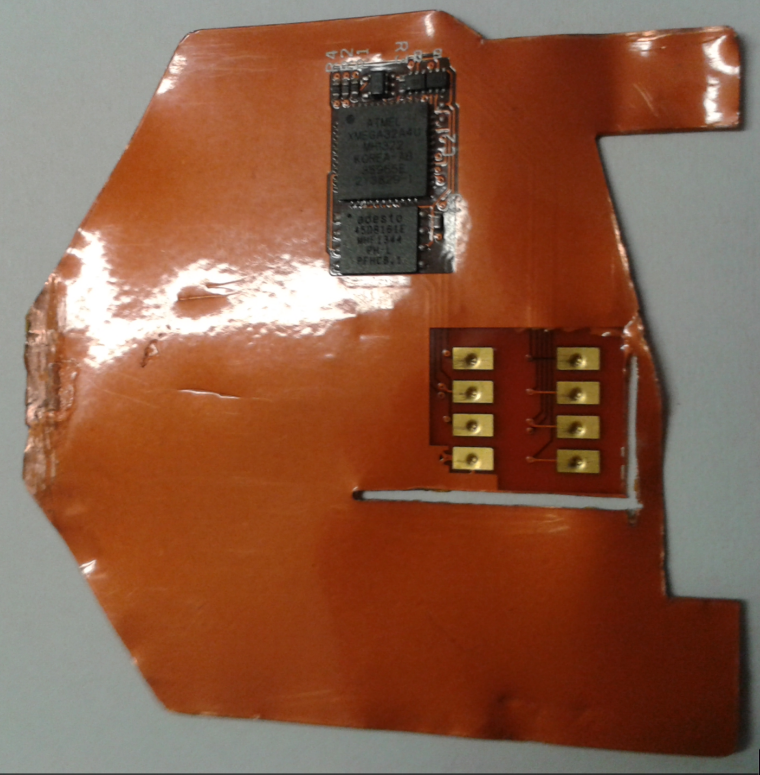
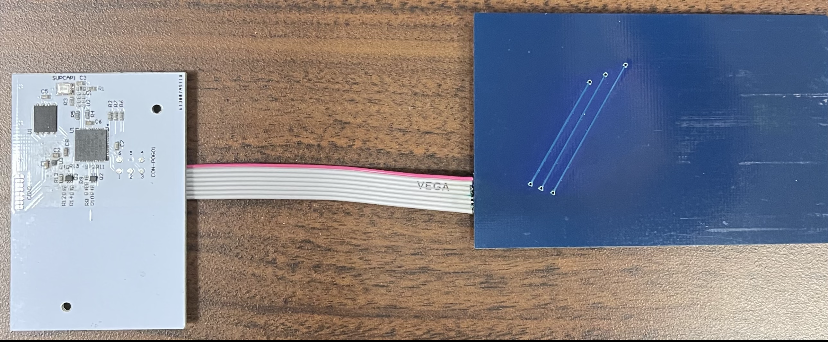
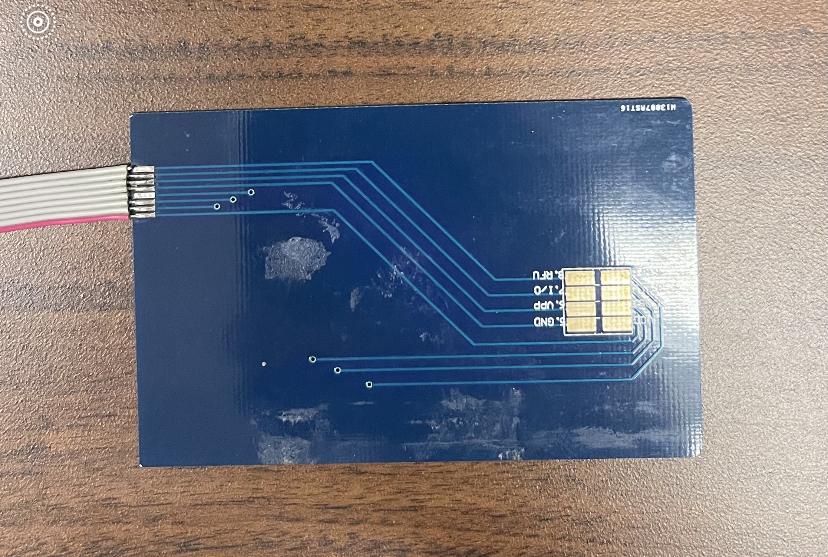

 + MITRE
+ MITRE
